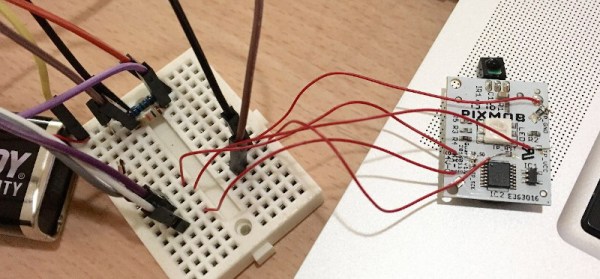Aside from frightening small children, we have absolutely no idea why anyone would need a face-magnifying headpiece. But the video below gives us a chuckle every time we see it, and we figure a good laugh that incorporates a quick optics hack is worth a look.
When he’s not playing geek in a box, [Curious Marc]’s videos usually have more of a retrocomputing theme, like his recent conversion of a vintage terminal to a character set from a made-up language, or helping to revive an Apollo Guidance Computer. Given gems like those, we were surprised to learn that [Marc]’s background is physics – optics, to be precise – and that he studied at École Polytechnique, the same school famed physicist Augustin-Jean Fresnel attended. Which fits right into this build since it features one of those large, plastic Fresnel lenses. After a fascinating detour into the history of Fresnel’s namesake lens, [Marc] proceeds with the build.
It’s simplicity itself – a box big enough to wear on the head with one end replaced by the Fresnel lens. A strip of LEDs – warm white, please, lest the wearer takes on a deathly pall – lines the edge of the box just behind the lens. If you want to get fancy, maybe attaching a hard-hat suspension piece would make it more wearable, but even as is it’s just a hoot to see someone with a magnified and distorted head walking around. One probably should be careful not to look at the sun while wearing this, however, for reasons that become apparent beginning at the 3:24 mark of the video.
Thanks to [Marc] for perhaps the oddest YouTube face-reveal yet, and for a great idea for a quick cosplay hack.
Continue reading “Fast Fresnel Hack Embiggens The Smallest Of Heads”


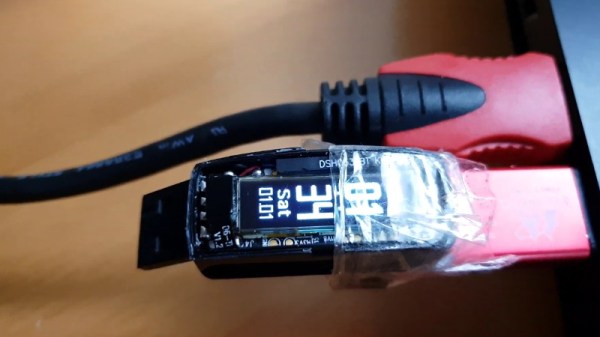

 The build is one that should be achievable by anyone with basic dressmaking skills. White and lavender tutus are combined to form the base of the skirt, with a lace outer layer sewn on to create an attractive silhouette for the lights. A USB battery pack is hidden in a pocket in the back to power the show. A WS2812B LED strip is then attached to the skirt, and hidden behind an additional layer of white faux-fur to help diffuse the light.
The build is one that should be achievable by anyone with basic dressmaking skills. White and lavender tutus are combined to form the base of the skirt, with a lace outer layer sewn on to create an attractive silhouette for the lights. A USB battery pack is hidden in a pocket in the back to power the show. A WS2812B LED strip is then attached to the skirt, and hidden behind an additional layer of white faux-fur to help diffuse the light.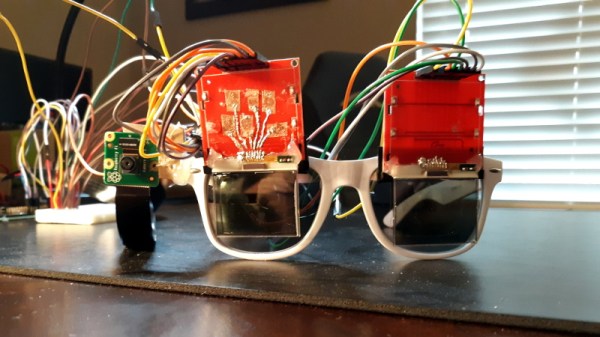
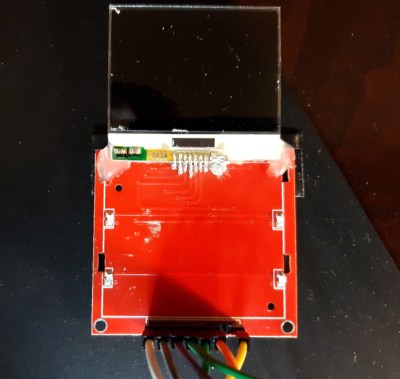
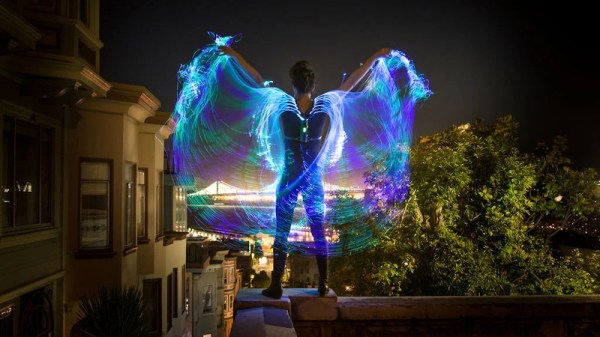
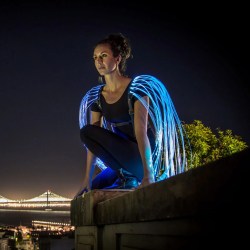 The wings are a leathercraft project, consisting of a harness worn around the torso. This serves as the mounting point for the fiber optics, as well as the RGB Critter flashlight used to drive the lightshow. Leather parts are lasercut to the right shape, making it easy to create the delicate feather shapes in the design. The pieces are then dyed appropriately and sewn together into the final shape. Bundles of optical fibers are then wound through the harness, sprouting from either shoulder of the wearer. EVA foam is used to help create the right shape for the wings, allowing the different layers to remain separated to create more visual depth.
The wings are a leathercraft project, consisting of a harness worn around the torso. This serves as the mounting point for the fiber optics, as well as the RGB Critter flashlight used to drive the lightshow. Leather parts are lasercut to the right shape, making it easy to create the delicate feather shapes in the design. The pieces are then dyed appropriately and sewn together into the final shape. Bundles of optical fibers are then wound through the harness, sprouting from either shoulder of the wearer. EVA foam is used to help create the right shape for the wings, allowing the different layers to remain separated to create more visual depth.

